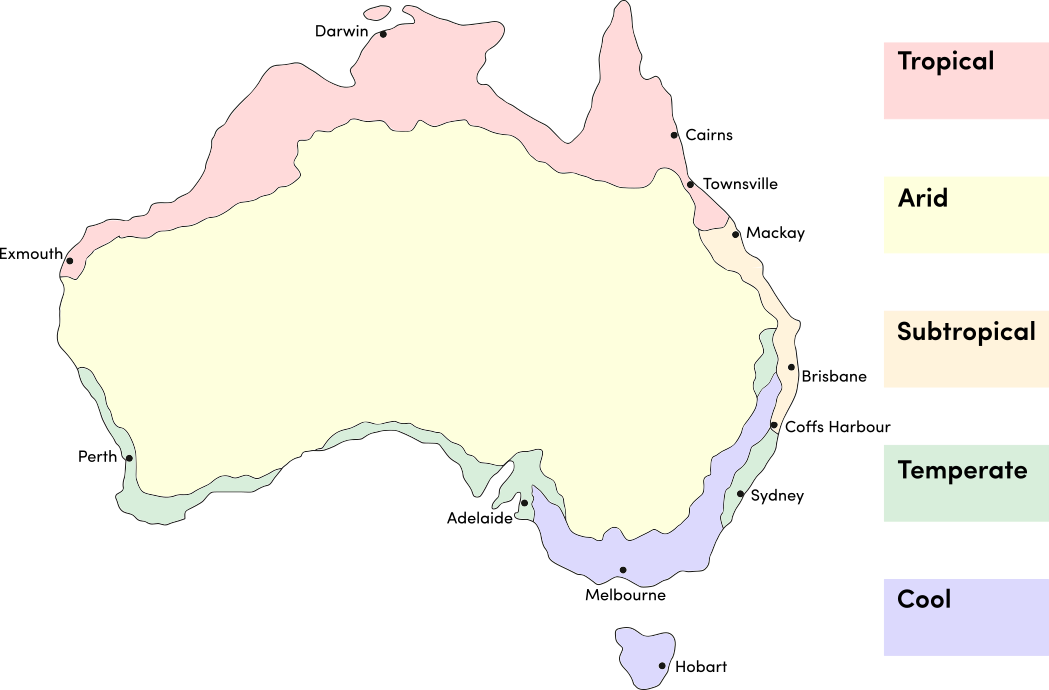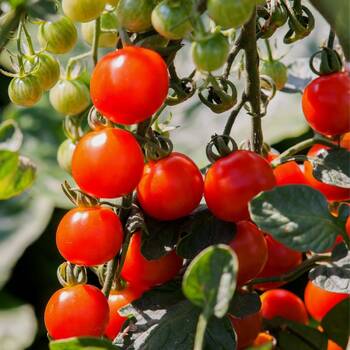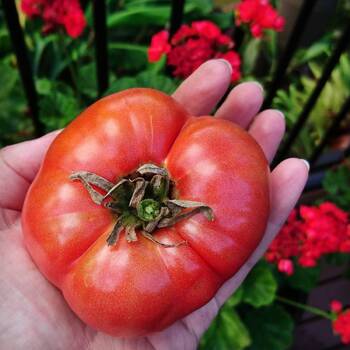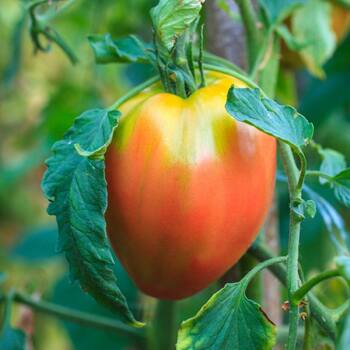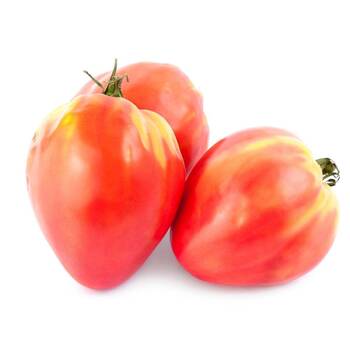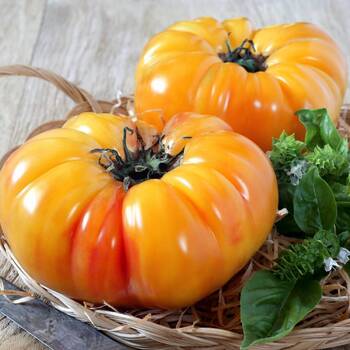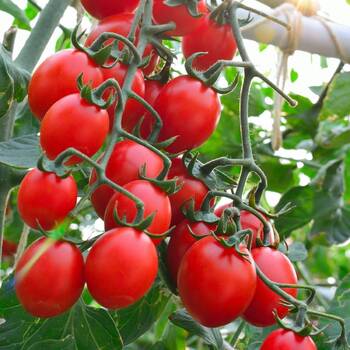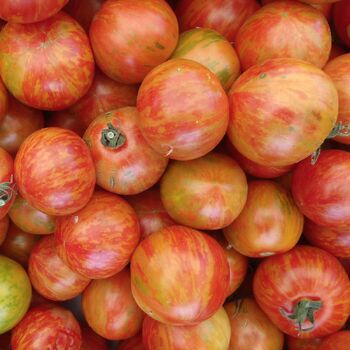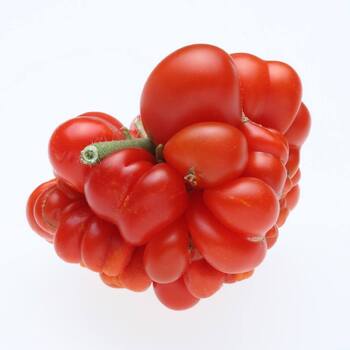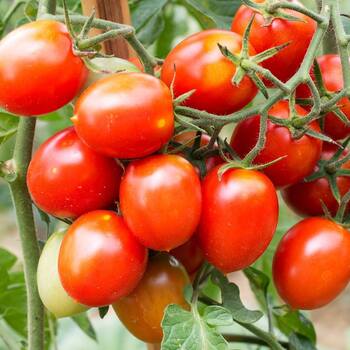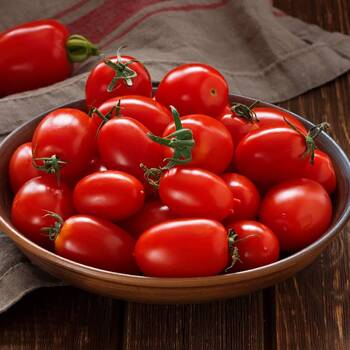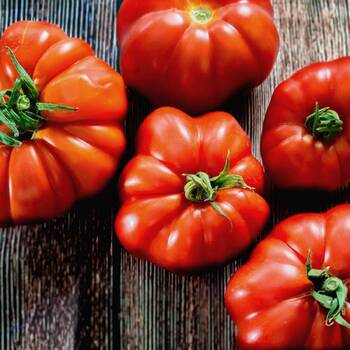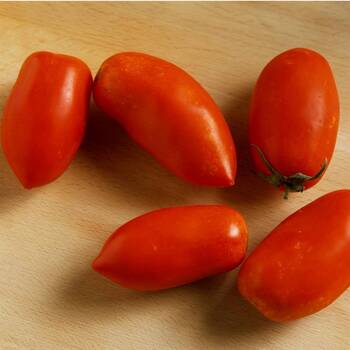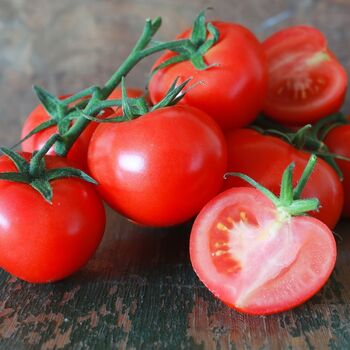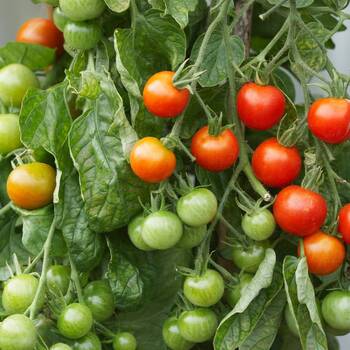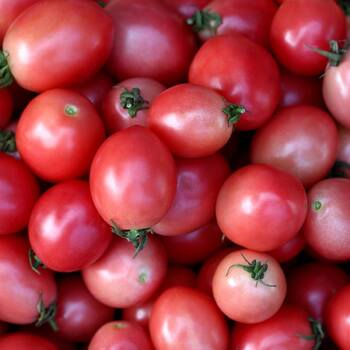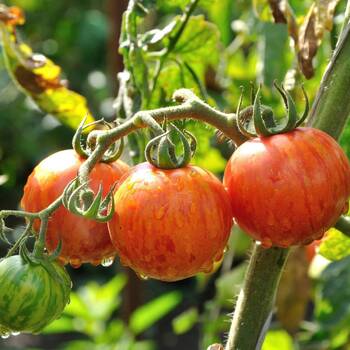Tomato Seeds_
Guides
-
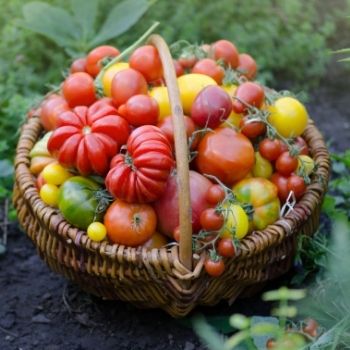
How to Grow Tomato Seeds
A comprehensive guide on how to grow Tomato Seeds; including soil preparation and position, when and how to sow, when and how to harvest and common pests and diseases. View guide.
-
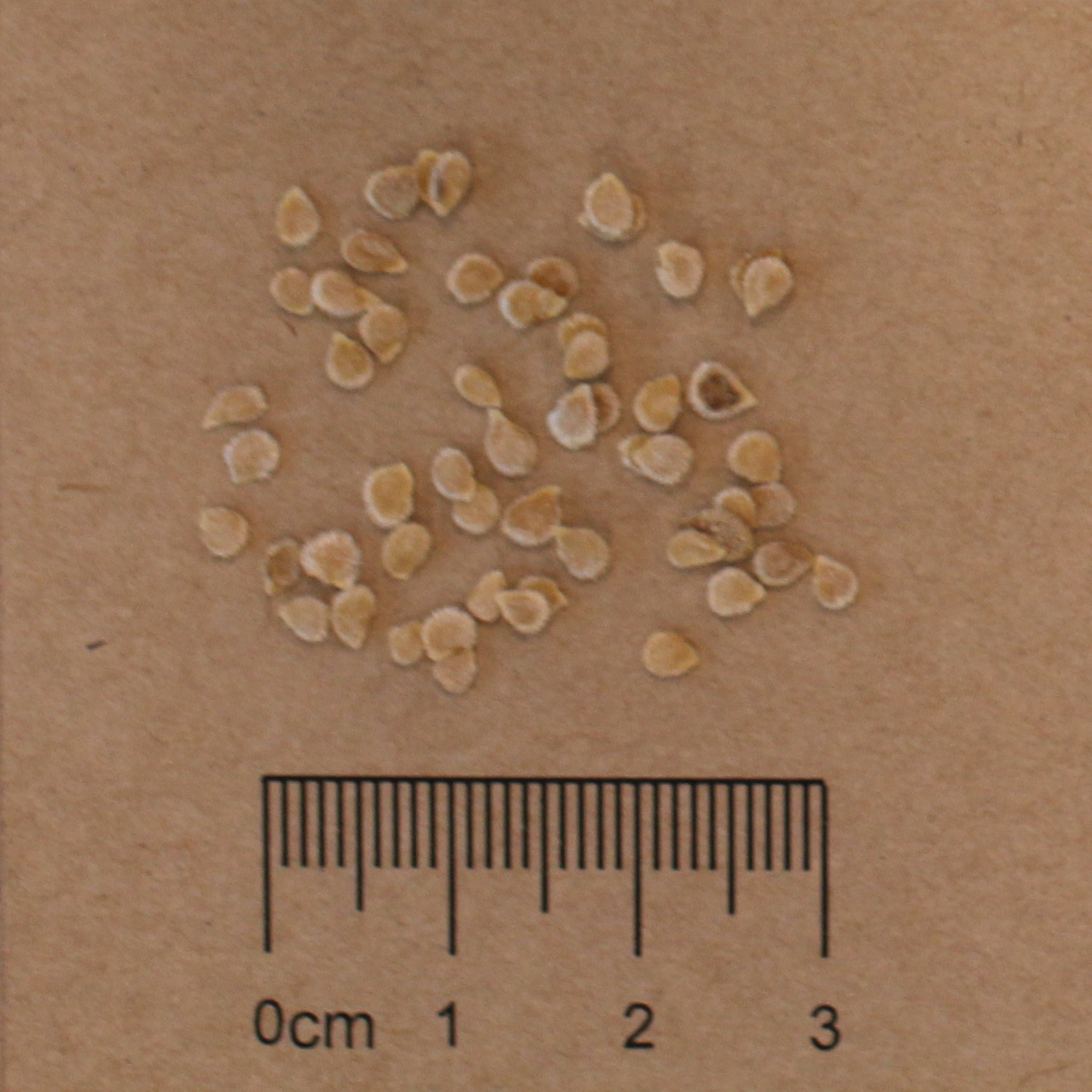
Seed Saving Guide: Tomato (Solanum lycopersicum)
A guide on how to save Tomato seeds; including pollination type, isolation distance, when to harvest and best cleaning methods. View guide.
More Related Content
-
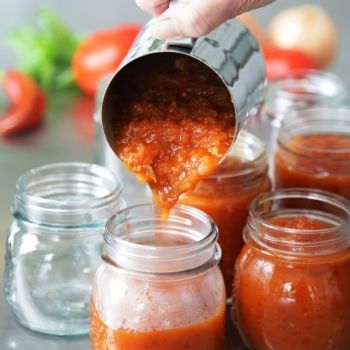
Tomato Chutney
As a way to savour the last of the glorious tomato through a dark and chilly winter, I thought I’d share a recipe to warm the cockles of your heart and your tummy too. It’s a tomato chutney that will go with just about anything. Read article.
-
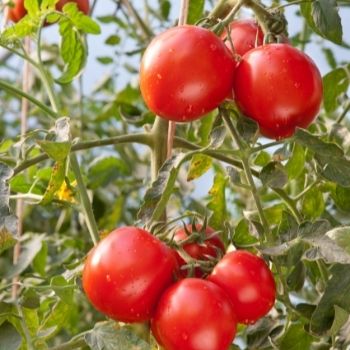
Tips for Growing Luscious Tomatoes
Tomatoes are generally easy to grow but are prone to a number of pests and diseases. The following seven tips about how to grow tomatoes from seeds can help you grow healthy plants loaded with beautiful, luscious tomatoes. Read article.
-
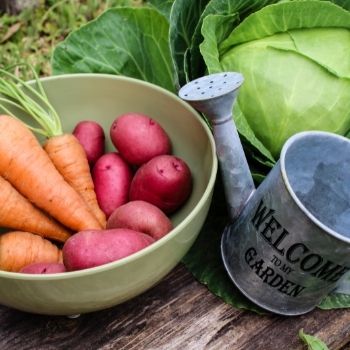
Low-Maintenance Vegetable Gardening - Homegrown Produce Without the Hassle
Not all veggies need hand-holding and constant encouragement. This article explains how to use low-maintenance plant varieties and techniques to fit vegetable growing into a busy schedule. Read article.
-
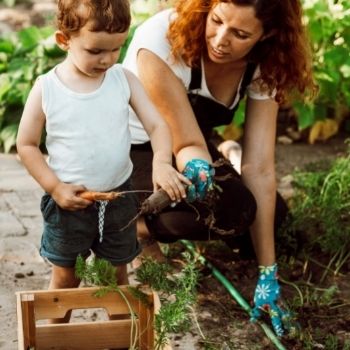
Why You Should Grow from Seed with Kids - and the Best Ways to Get Started Doing It
Gardening is a fun and healthy activity for kids however the benefits go far beyond that- an early interest in gardening teaches many life lessons. This article explains what they are and describes the best ways to start your child's gardening journey. Read article.
-
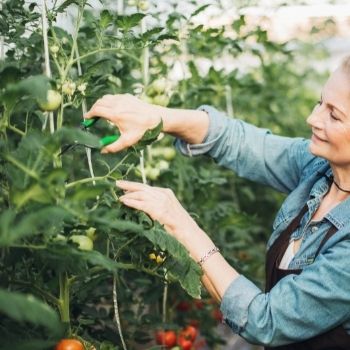
Should I Prune My Tomatoes?
Is pruning tomato plants really necessary? Pruning certainly has its benefits, but also its fair share of drawbacks. This article sets out what you need to know to make your decision. Read article.
-
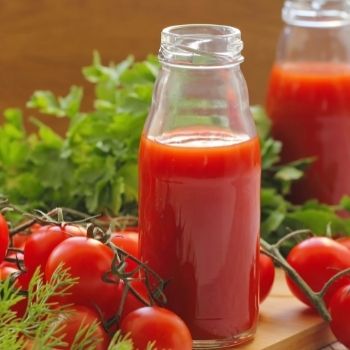
3 Ways to Preserve Your Homegrown Tomato Crop: Freezing, Bottling, and Drying
Unfortunately Tomato harvests don’t last forever, but you can still enjoy the rewards of a tomato glut throughout the rest of the year. Preserving tomatoes is easy and fulfilling, and this article gives detailed instructions on the best ways to do it. Read article.
-
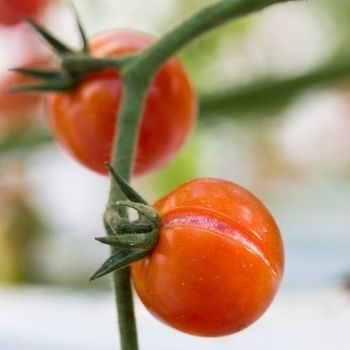
16 Common Tomato-Growing Problems - and How to Solve Them
Even experienced gardeners can find their tomato plants suffering from diseases, pests, and other problems. Luckily, most issues can be dealt with once they're recognised, & this article gives advice for the 16 most common problems you might come across. Read article.
-

How to Give Leggy Tomato Seedlings a New Lease of Life
One of the common problems home gardeners face when growing tomatoes is when seedlings become “leggy,” or too tall and spindly for perfect health. The article explains why this happens and offers an easy way to save your affected seedlings. Read article.
-
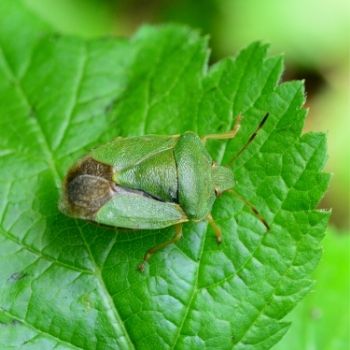
How to Protect Beans, Peas, Tomatoes and other Crops from the Green Vegetable Bug
If you grow beans, peas, tomatoes or other legumes, you're likely to be visited by green vegetable bugs at some stage. What damage do these pests do, and how can you keep it to a minimum? Read article.
-
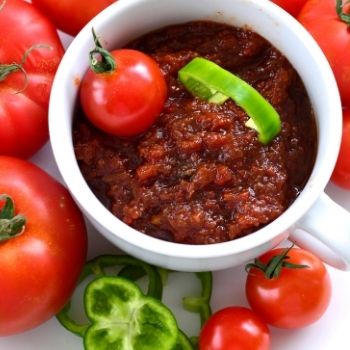
Let's make Tomato & Chilli Relish!
Preserving your harvest for use over the winter months is great and easy way of having home grown produce available all year round. This is a great versatile recipe for making at end of summer when you have an abundance of leftover tomatoes and chillies. Read article.
-

Let's make Passionfruit Tomato Jam!
This tropical flavoured jam recipe is a fantastic and easy way to preserve your fresh tomato and passionfruit harvest. It is great for those cold winter’s days served on warm freshly toasted bread. Jam makes a fantastic gift for friends family. Read article.
-
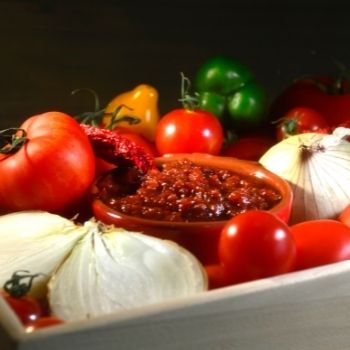
Let's make Roasted Tomato Relish
This super easy recipe produces a thick rich flavourful tomato relish perfect for use at your next barbeque. Read article.
-
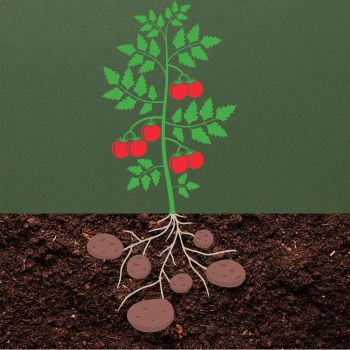
The Ketchup ‘n’ Fries Plant: Grafting Potatoes with Tomatoes
If you crave the unusual in your garden, growing a ‘ketchup ‘n’ fries’ plant may be for you. This unique graft between potato and tomato plants offers a dual harvest of flavourful tomatoes and homegrown potatoes. A must-try for adventurous gardeners! Read article.
-

A Home Gardener's Guide to Breeding Your Own Tomatoes
Breeding tomatoes might seem a bit finicky, but it is an incredible experience. Above all, it's a waiting game that requires patience and dedication to produce long-lasting results. With time you can produce a tomato that is as unique as the gardener. Read article.
-

How to Hand Pollinate Tomatoes: Two Methods to Boost Your Harvest
Unlock the secrets to a bountiful tomato harvest with our guide to hand pollination. Learn when and how to hand pollinate your tomato plants for a delightful harvest of these juicy garden favourites. Read article.

